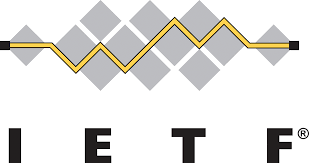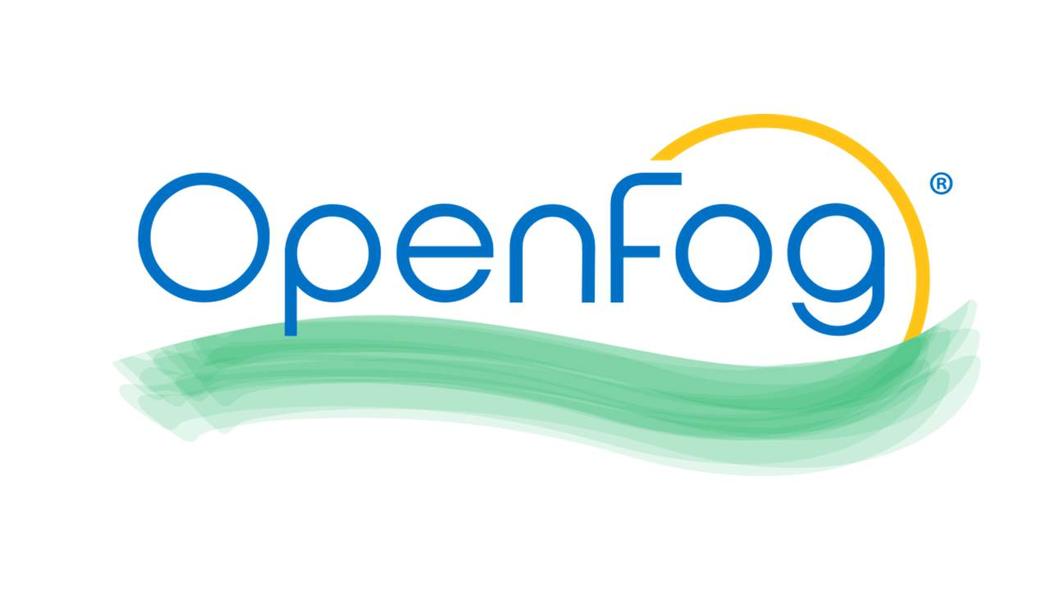RIO - Networks for the Internet of Objects
Team topics
Wireless networks for IoT
 Coordinator : Salima Hamma
Coordinator : Salima Hamma
Radio communications are essential in the Internet of Things. In terms of connected objects, 2 main use cases :
- objects from utility computing (tablets, smartphones, virtual reality headsets, etc.)
- "small" objects (smart meters, sensors, toasters,...).

These 2 types of objects have their own problems and standards: 5G (or 6G) for the first category, LTE-M / NB-IoT / Lora for the second. However, addressing, routing and network management issues (self-organized or with an infrastructure) are common. In addition, in this technological maze, it is necessary to provide generic and interoperable protocols orchestrated (or not) by the new SDN (Software Defined Networks) paradigm. In this context, the QoS/QoE and energy criteria are metrics to distinguish protocols from each other.
Main results for this theme :
- MP-OLSR: Multipath protocol for mobile ad hoc networks (MANET), currently being standardized within the IETF (version 13, Last Call)
- LoRa+: a modification of the LoRa protocol to reduce collision/packet rejection with a smaller number of gateways (Hussein Mroue, PhD thesis).

Infrastructure for IoT
 Coordinator : Benoît Parrein
Coordinator : Benoît Parrein
In order to obtain computing, data storage and communication, the connected devices interact with an existing infrastructure (especially within smart cities). Interaction with a Cloud is natural but often at the cost of high latency. The Fog and Mobile Edge Computing (MEC) models offer an interesting alternative to the centralized cloud model. These resources are geodistributed and positioned as close as possible to the connected devices to reduce latency, trade traffic and potentially the overall energy consumption. These approaches use concepts located between the domains of networks and distributed systems with intrinsic fault tolerance issues. The RIO team naturally approaches this issue from the perspective of networks with a particular interest in protocol aspects (LISP, IPv6,...) and event orchestration, notably through the new Software Defined Networks (SDN) model. Local collaboration with the LS2N Stack team on these topics.
 Main results for this theme :
Main results for this theme :
- IPFS protocol coupling with a Scale-Out NAS (Network Area Storage): ongoing thesis by Bastien Confais (CNRS funding);
- P2P hybrid protocol and Client Server for the supply of video content (enhancement within the Nantes-based start-up EasyBroadcast).
Deployment of cyber-physical systems and networks
 Coordinator : Rémi Lehn
Coordinator : Rémi Lehn
It is by forging that one becomes a blacksmith! This well-known adage could summarize the ambition of this theme, which aims to deploy networks of communicating objects in vivo or in vitro environments (Grid5000, FIT IoT Lab...), involving cyber-physical systems from the simplest (ultrasonic sensor for example) to the most complex (robot networks). The primary objective of this theme is to highlight software, hardware, and protocol issues in terms of performance, security or usage in the context of physical and real demonstrators.
Main results for this theme :
- Deployment of a network of ultrasonic sensors in the salt marshes of Guérande to measure seawater evaporation (June 2017);
- Establishment of a multi-hop microwave link between the village of Le Croisic and the site of the RESCOM 2017 summer school (June 2017).





